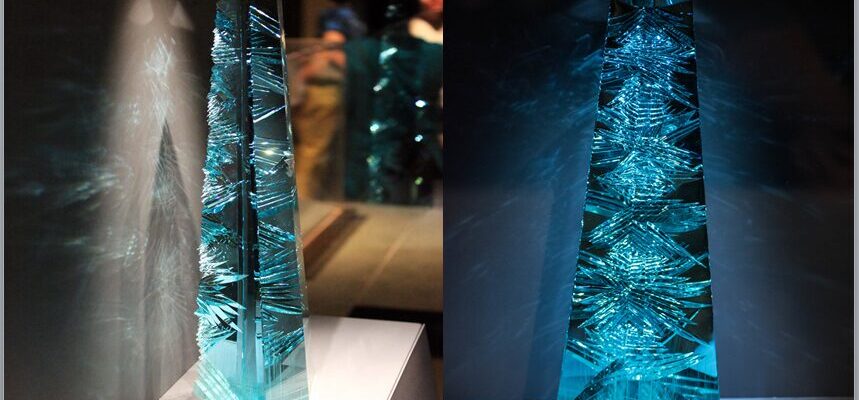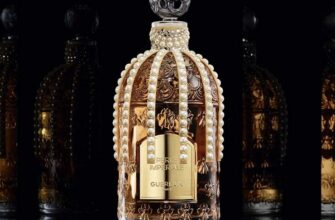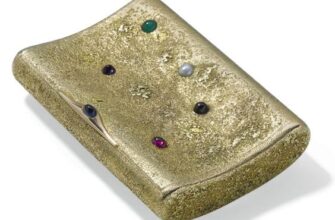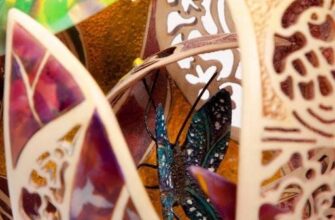The gaze cannot stop at Dom Pedro. Your gaze glides upward to the top of the pyramid, an eightfold set of carved starbursts that shimmer and shimmer like the flapping wings of angels. For those involved in carving and cutting, this story will be especially interesting...
Named after Brazil's first two emperors, Pedro I and his son, Pedro II, aquamarine was originally part of a much larger crystal discovered by three Brazilian prospectors in the state of Minas Gerais in the late 1980s.

During transportation, the crystal, one meter long and weighing 45 kilograms, split into three parts. Two of them were eventually cut into smaller gemstones, but the largest piece had much greater potential.
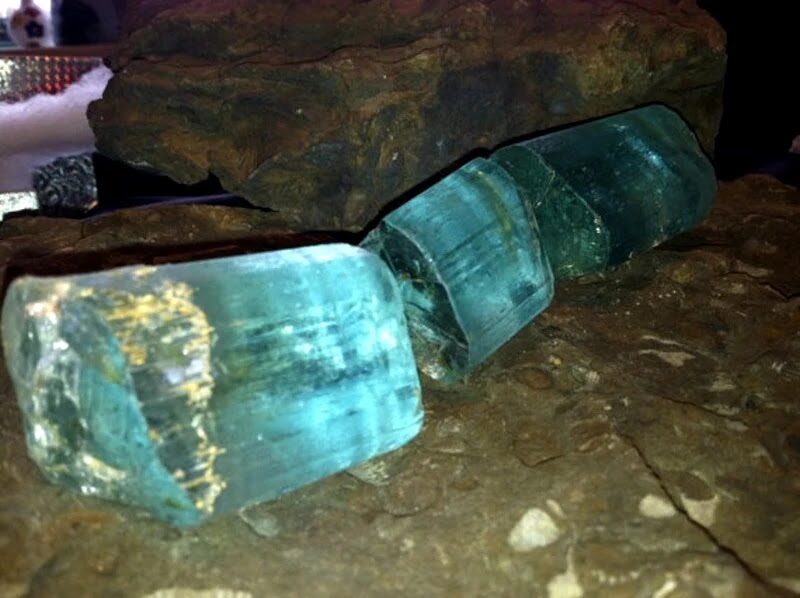
Aquamarine's exquisite green-blue color and pristine clarity opened a window of opportunity for a cutter with Münsteiner's skill.
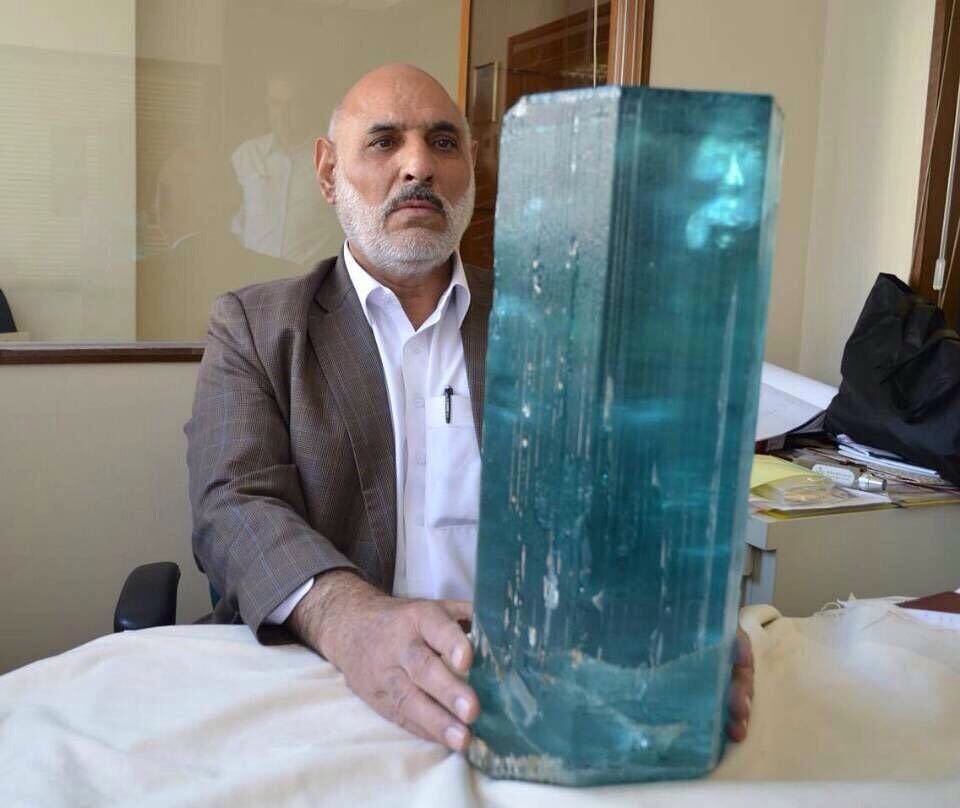
The sculptor-carver who created Dom Pedro, German gemstone artist Bernd Münsteiner, strives for “total reflection.” Most gemstones are cut on the outside - like a typical diamond cut. Münsteiner cuts the gemstones, sculpting the internal edges so that each ray of collected light is reflected back to the viewer.
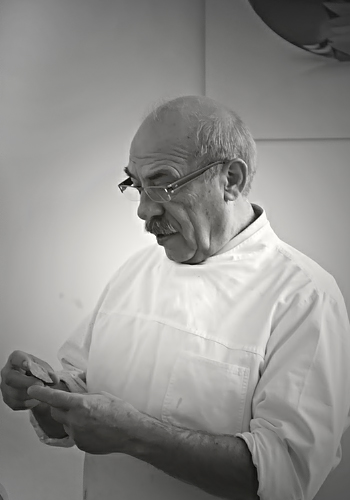
Cutting the gemstone entirely by hand, he never worried about the final carat weight. His focus was solely on beauty and brilliance.
"When you focus on carat weight, it's all about the money," he said. “I can’t create when I worry about money.”

For four months Munsteiner watched the azure giant.
“He would sketch, create ideas, create projects, his entire living room was filled with drawings,” Henn said. "He slept with ideas."
Münsteiner developed a plan. He formed the obelisk, maintaining as much of the original length as possible. On the backside he made dozens of sharp "negative cuts", rising starbursts, to achieve complete reflection.
The master worked for six months. He worked only two hours a day to keep his mind clear and his hands strong. He had to create a treasure or, if he made a reservation, destroy it.

Each longitudinal movement of the cutter turned a quarter of a million dollars worth of aquamarine into dust. The sewers of Idar-Oberstein became rich for several weeks.

In 1993, Henn and Münsteiner presented Maison Pedro in Basel, Switzerland. The German government then showed this to the world.
The bluest aquamarines can rival emeralds in value, but Dom Pedro is priceless. It was permanently removed from sale and was donated to the Smithsonian Institution.
Like any gemstone, the story of Dom Pedro begins in the rocky crust of the earth. A relative of emerald, aquamarine crystals are born in mineral-rich water.
The first step is the most difficult: the atoms of silicon, beryllium, aluminum and oxygen must unite in a molecular union. When this happens, a hexagonal "pattern" is formed. This kernel creates the template. As the mineral-rich waters flow, a stream of atoms accumulates, each following a plan, clicking into place like Lego bricks, extending the crystal.

If the source water contains traces of chromium, the mineral turns green - it is an emerald. But the part of the Earth on which Dom Pedro grew up instead contained iron, whose inclusion turned it crystal blue: aquamarine, spirit of the sea, treasure of mermaids, protector of sailors.
